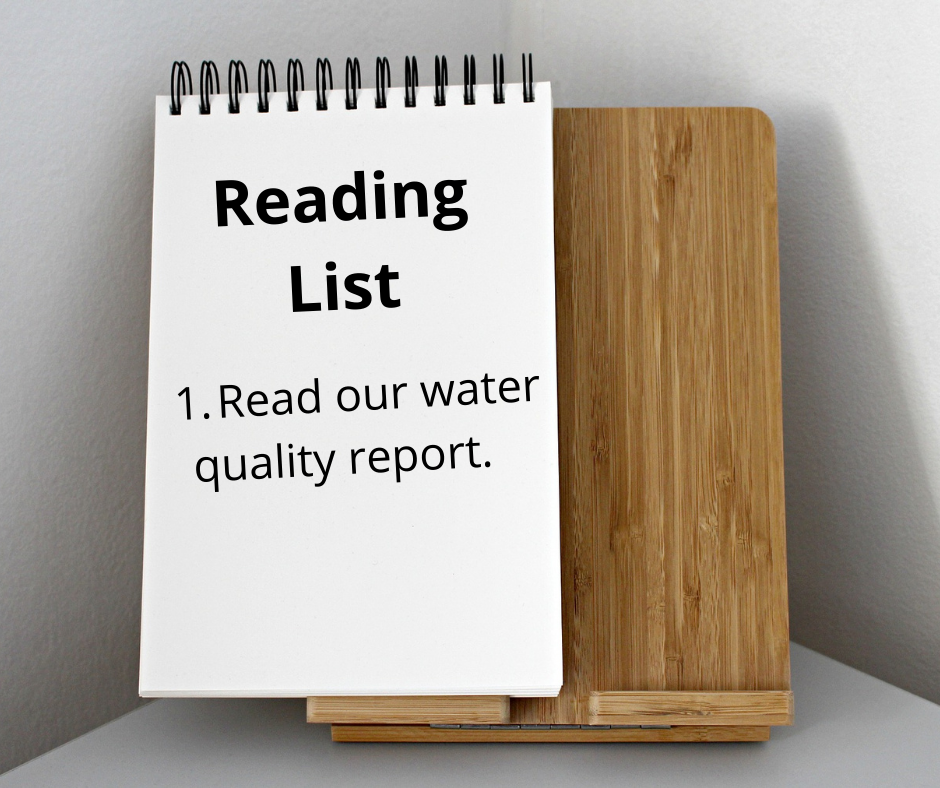Is Your Water Quality Report on Your Reading List?

We know … it sounds funny to ask if you have added your water quality report to your current reading list. But, maybe you should.
Water quality reports are sent out to residents and have an abundance of information, sometimes good and sometimes concerning. In either case, it is important to know what is in your water, what your drinking water is being treated for, and what you can do to improve the quality of your water.
There are recommendations on how to read it, when, and most importantly … why. It’s time to add the 2020 City of Fullerton Water Quality Report to your reading list.
What will be in my water quality report?
The EPA requires all community water systems to send a Consumer Confidence Report (CCR), also known as an annual drinking water quality report, to all of their customers by July 1st of each year. (Renters should contact their building owner for this report.)
These reports provide residents who get their drinking water from community water systems with some information about their local water quality. Knowing these facts can help you make more informed decisions regarding the water you’re drinking and whether or not you need a home water system like reverse osmosis.
What should I look for?
The required topics will be helpful to focus on. They include things like:
- The source of your drinking water
- A list of regulated drinking water contaminants and detected levels
- Any potential health effects from drinking contaminated water
- Contaminant levels in your water compared to those of national standards as well as any violations of regulated levels
Will I be able to understand the table?
If you know what you’re looking at, then you should be able to. You’ll find various tables from CCR to CCR, but they typically include data on things like Maximum Contaminant Level Goals, Maximum Residual Disinfection Level Goals, Maximum Contaminant Levels and Ranges Detected, Violations, Sources of Water, Treatment Techniques and more.
What can I do if I am concerned about local water quality?
This information will help you make informed choices – and these choices will help keep your family safer and healthier. If your water quality report reveals contaminants that may be deemed safe but you’re uncomfortable with them, or if you see high levels of something being treated but you don’t want to rely on external systems, we offer a variety of solutions for your water needs.
Our reverse osmosis systems are eco-friendly and efficient. But, most importantly, they’re super effective at improving drinking water quality by drastically reducing the presence of potentially harmful contaminants. Ready to learn more? Give us a call and our experts will help you make the best choice for your home and your loved ones.


